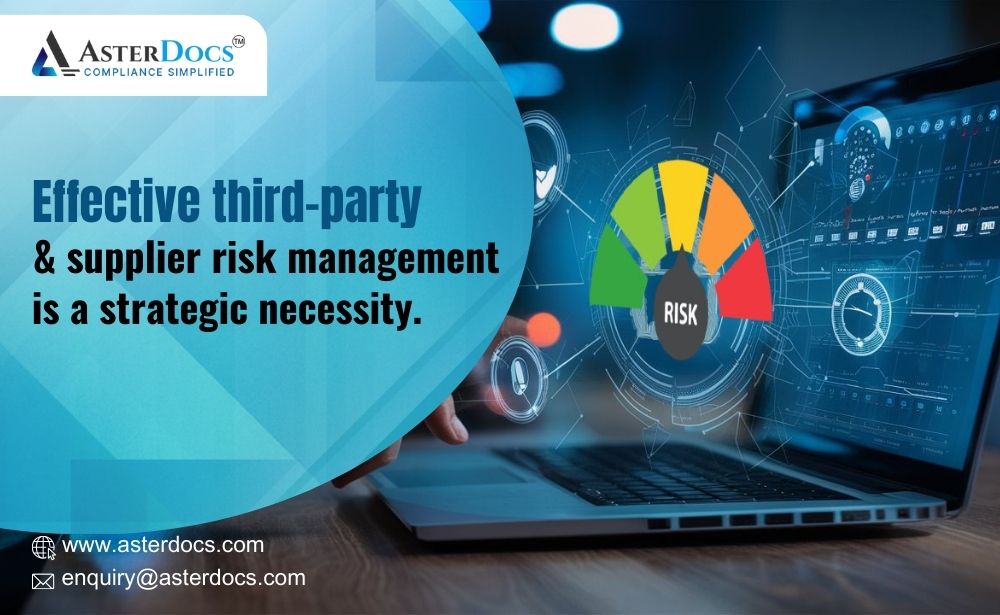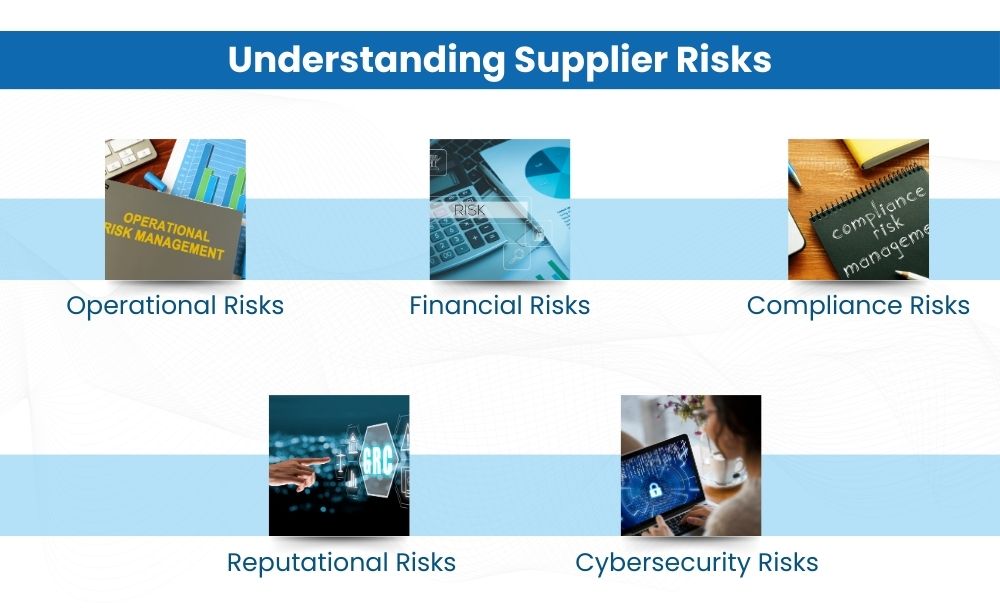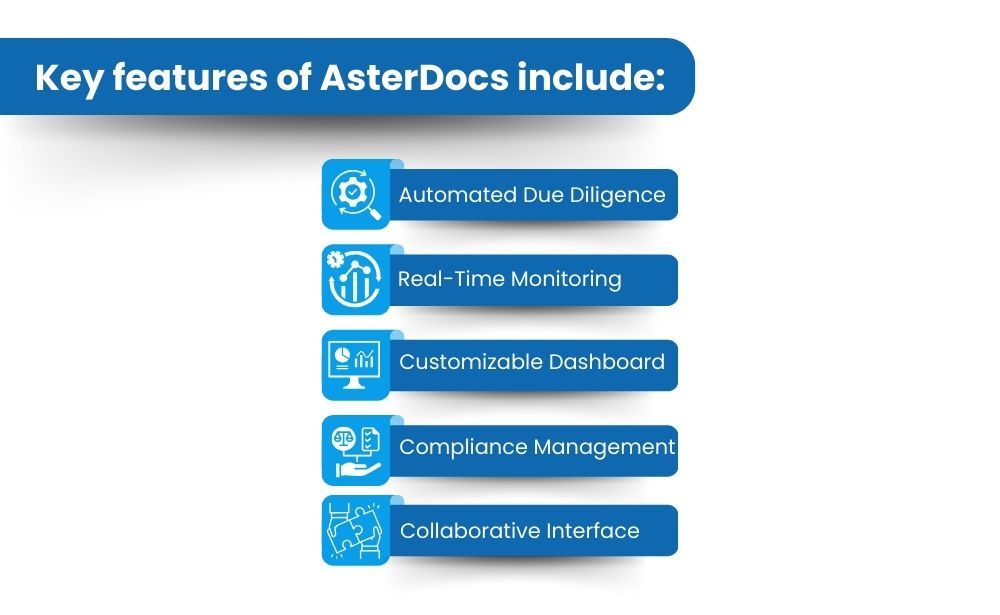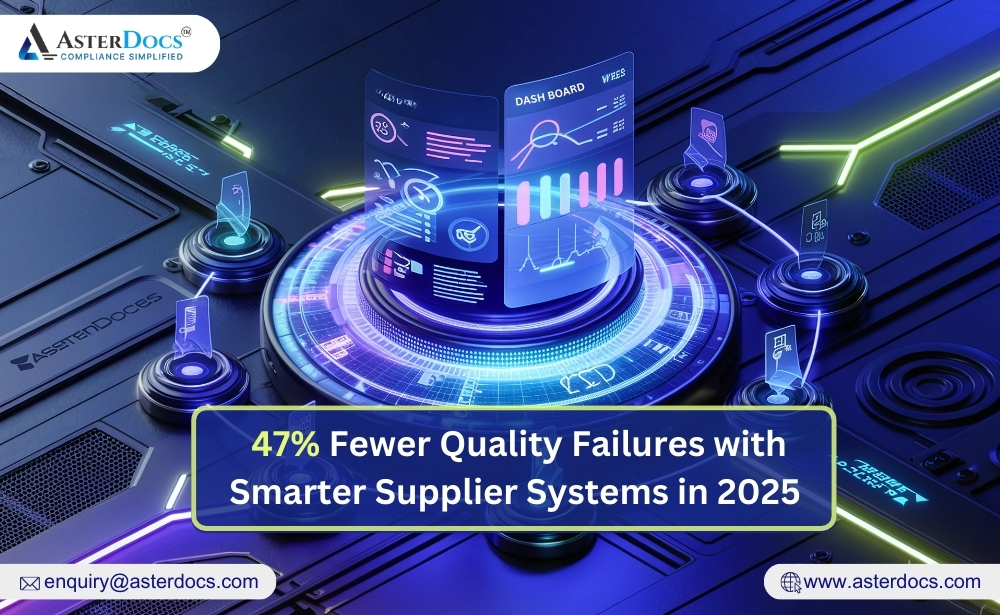Third-party and supplier risk management has evolved into an important component of corporate strategy in today’s interconnected business world. Indeed, relying on third-party suppliers and partners provides numerous benefits, including cost savings, increased efficiency, and access to specialized expertise. However, it also introduces a variety of risks that can jeopardize an organization’s reputation, financial stability, and regulatory compliance. Consequently, mastering third-party and supplier risk management is critical for protecting your business and ensuring its long-term success. Ultimately, by addressing these challenges effectively, organizations can maintain their competitive edge and achieve sustained growth.
Understanding Supplier Risks
Third-party suppliers can introduce various types of risks, each with the potential to disrupt your operations significantly. Common supplier risks include:
- Operational Risks: These arise from the supplier’s failure to deliver goods or services as agreed, which can lead to production delays, stockouts, and customer dissatisfaction.
- Financial Risks: If a supplier faces financial instability or bankruptcy, it can affect your supply chain continuity and lead to increased costs.
- Compliance Risks: Suppliers failing to adhere to industry regulations or standards can result in legal penalties and damage to your brand’s reputation.
- Reputational Risks: Association with suppliers involved in unethical practices or scandals can tarnish your company’s image.
- Cybersecurity Risks: With increasing digitalization, suppliers can be a point of vulnerability for cyberattacks, potentially compromising sensitive data.
Strategies for Risk Management
Implementing robust strategies to manage supplier risks is crucial for mitigating potential disruptions. Here are some best practices:
- Due Diligence: Conduct thorough assessments of potential suppliers before entering into contracts. This includes evaluating their financial health, compliance records, and operational capabilities.
- Risk Assessment and Prioritization: Regularly assess the risks associated with your suppliers and prioritize them based on their potential impact on your business.
- Contract Management: Clearly define expectations, deliverables, and penalties for non-compliance in supplier contracts. Include clauses for audits and inspections.
- Continuous Monitoring: Establish a system for ongoing monitoring of supplier performance and risk factors. This can include periodic reviews, site visits, and performance metrics analysis.
- Diversification: Avoid dependency on a single supplier by diversifying your supplier base. This reduces the risk of supply chain disruptions.
- Collaboration and Communication: Foster open communication and collaboration with suppliers. Building strong relationships can enhance mutual understanding and responsiveness to risks.
Software Solutions
In the age of digital transformation, leveraging technology is essential for efficient risk management. Risk management software offers comprehensive tools for identifying, assessing, and mitigating supplier risks. These solutions can automate due diligence processes, provide real-time monitoring, and generate insightful reports, enabling proactive risk management.
When it comes to third-party and supplier risk management, AsterDocs stands out as a premier solution. AsterDocs integrates seamlessly with your existing systems, providing a unified platform to manage all aspects of supplier risk.
Key features of AsterDocs include:
AsterDocs empowers businesses to manage supplier risks proactively, ensuring operational resilience and regulatory compliance.
- Automated Due Diligence: Streamline the evaluation process with automated background checks, financial assessments, and compliance verification.
- Real-Time Monitoring: Stay informed with continuous monitoring of supplier performance and risk indicators.
- Customizable Dashboards: Tailor dashboards to track key metrics and generate reports that align with your specific needs.
- Compliance Management: Ensure adherence to industry standards and regulations with built-in compliance management tools.
- Collaborative Interface: Enhance communication and collaboration with suppliers through a user-friendly interface that supports document sharing and messaging.
Conclusion
Effective third-party and supplier risk management is not just a regulatory requirement; it’s a strategic necessity. By understanding the types of risks and implementing best practices, businesses can mitigate potential disruptions and protect their reputation and financial stability. Leveraging advanced software solutions like AsterDocs further enhances your risk management capabilities, providing peace of mind in an increasingly complex business landscape. Embrace proactive risk management today to ensure long-term success and sustainability, with AsterDocs by your side.
















